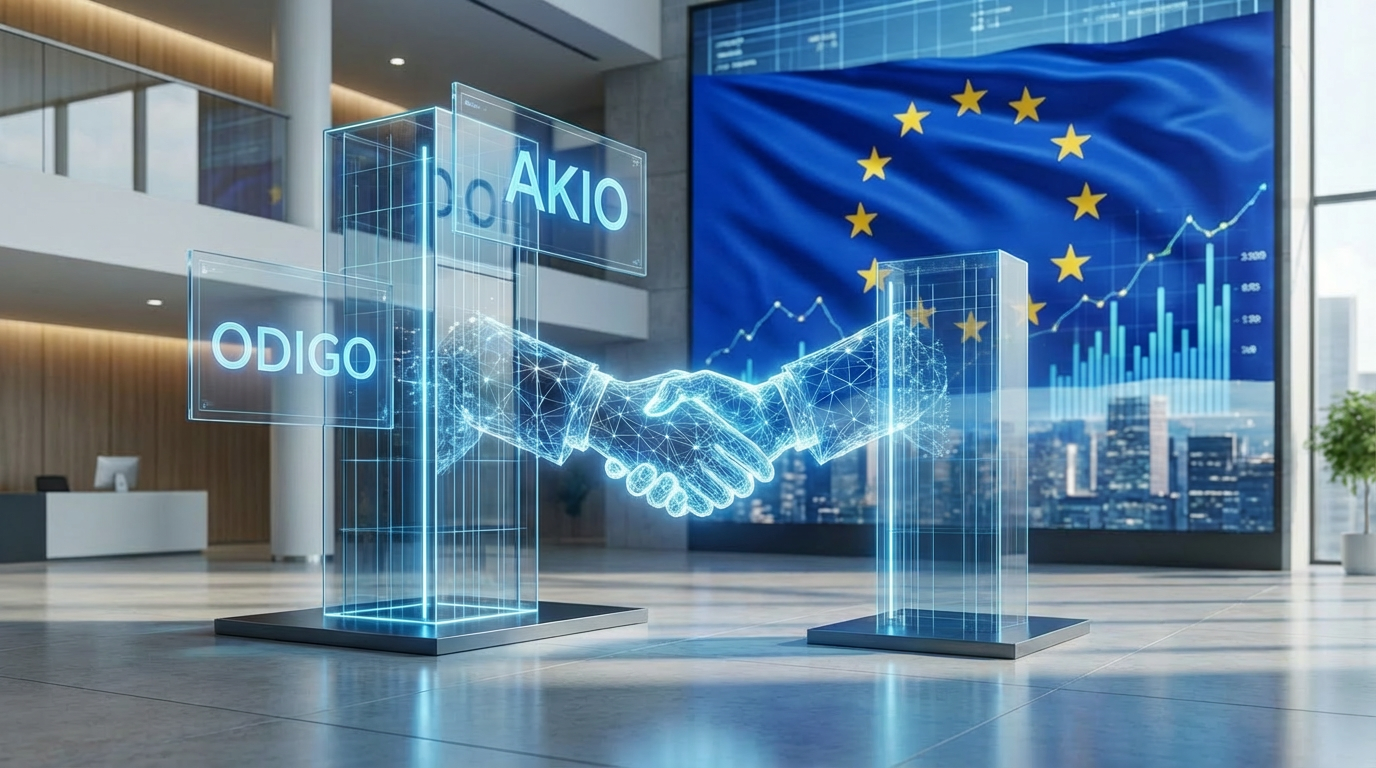Is it a bird? Is it a plane? No, it’s contact center innovation that’s soaring at an unprecedented speed – and generative AI (GenAI) is providing the rocket fuel.
Indeed, large language models (LLMs) have become the IT team’s best friend, auto-generating code to accelerate the development of new contact center applications.
Moreover, these models are the backbone of many new natural language interfaces, advancing low-/no-code tooling and adding further fuel to the innovation fire.
CX leaders may use these to build better experiences, faster.
Yet, contact center agents are perhaps the biggest winner of the GenAI revolution – as CCaaS vendors release agent-focused features at a scorching pace, blazing a trail for new, enhanced employee experiences.
Generative AI for Live Agents
GenAI has brought many new use cases for agent-assist to life. Some excellent examples are auto-summarizing calls for wrap-ups and handovers, auto-drafting agent notes, and auto-generating performance feedback.
European CCaaS heavyweight Puzzel is helping to set the pace here. Yet, it’s not neglecting older AI use cases, which can generate even more value with the addition of GenAI.
Sharing an example, Mashud Ahmed, Product Manager at Puzzel, said: “A year ago, we would have been talking about next-best action – tailored with a rudimentary understanding of the customer.
“Next-best action is now much more powerful and relevant, understanding the context of the conversation at hand and personalizing its recommended actions to the customer journey.
“That is equally valid to use cases that save time here and there, such as those summarizations, automated note-taking, and so forth.”
With this next-best action 2.0, the agent remains in control in case the conversation goes off course, yet the assistant guiding them is much more aware and capable.
GenAI also assists agents by augmenting workforce engagement management (WEM) suites.
In doing so, it may add context to automated quality scores for enhanced post-call coaching. In addition, it may strip away live insights – such as customer sentiment – to coach agents in real-time.
Generative AI for Virtual Agents
GenAI supports developers in designing, developing, and optimizing virtual agents.
Mapping customer intents, developing text samples, and validating virtual agent designs are just three examples of how it’s doing so.
The customer intent work is perhaps most significant. After all, an intent model drives every virtual agent, recognizing the contact reason and certifying a response.
To build this model, developers traditionally had to spot each contact reason, write a long list of customer utterances that signal the specific intent, and embed these into the bot.
For instance, say a bank wants to build a bot to handle the intent of “Can I check my balance?” A customer may ask this question in hundreds of ways, and the team will surely miss a few. Yet, GenAI can auto-generate a long list in the blink of an eye.
Moreover, it can auto-generate production data that accelerates the time businesses spend prototyping bots.
However, Ahmed stressed that GenAI will help in deploying bots alongside building them.
“Imagine going through all that work building a bot, and the business asks them to recreate it for their Spanish-speaking market, for example. That would involve a lot of translating.”
“At a click of a button, we can have a model completely translated, ready to deploy, right away. That’s the power of generative AI.”
Finally, some conversational AI vendors are utilizing GenAI to enable customers to give a chatbot a particular persona so it flexes to answer queries in a specific tone of voice. Expect such use cases to come to the fore in 2024.
Ensuring the Security and Accuracy of These Use Cases
With GenAI, there is always an elephant standing in the room, asking: is this safe and secure?
Yes is the answer, so long as IT teams ensure data is secure and resides in safe places, and vendors remain deliberate in their innovation to avoid capturing any personally identifiable information (PII).
Puzzel, for example, accomplishes this by focusing its GenAI innovation on performing specific tasks. It’s not augmenting LLMs into any use case that involves processing and storing customer data.
Hallucinations are another concern. Yet, vendors are doing more to circumvent this by supporting customers as they choose the best-suited LLM to power GenAI use cases across their platforms.
Still, as Ahmed notes: “Large language models pose a massive computing challenge.”
However, contact center providers are again finding ways to side-step this while avoiding inaccuracies and hallucinations within generated content. As Ahmed predicts:
“In the future, much smaller models will become available, targeted for particular industries and even use cases – which CCaaS vendors can run in their own data centers.”
As a result, the AI-powered conversational responses customers receive will – in theory – reflect much more on the documents uploaded locally. As such, accuracy rates will rise.
For much more on how Puzzel is keeping its contact center GenAI innovation safe, secure, and reliable, visit: www.puzzel.com







